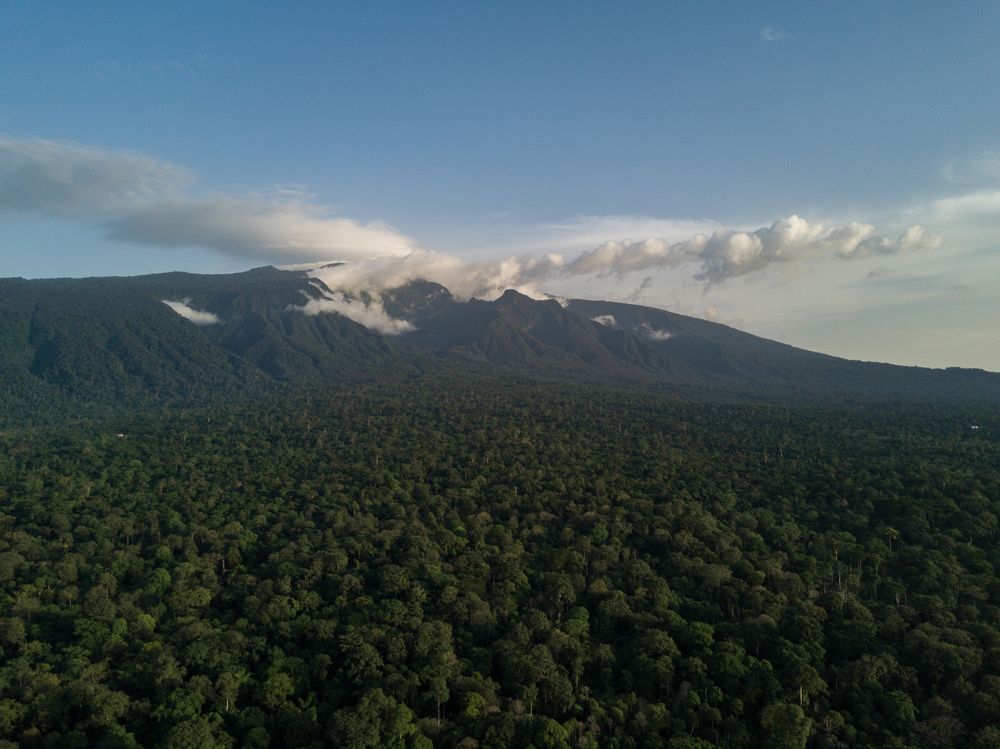Pico Basilé Overview
Pico Basilé National Park, locally known as “Parque Nacional del Pico Basilé”, is one of the most iconic natural landmarks of Equatorial Guinea, situated on Bioko Island. The park is named after Pico Basilé, the highest peak in the country, rising to an impressive 3,011 meters (9,879 feet). Covering an area of approximately 330 square kilometers (127 square miles), it plays a crucial role in conserving the island’s unique biodiversity and serves as a prominent cultural and ecological symbol.
The terrain of Pico Basilé National Park is dominated by its volcanic mountain, characterized by steep slopes, dense rainforests, and mist-covered peaks. The park’s altitude creates diverse microclimates, supporting a variety of ecosystems ranging from lowland tropical forests to montane cloud forests near the summit. The vegetation is lush and varied, including giant ferns, mosses, and endemic plant species that thrive in the humid conditions.
The park is a haven for biodiversity and is home to a range of endemic and rare species. It is particularly notable for its primate population, including drills, Bioko red colobus monkeys, and Preuss’s monkeys. Birdlife is abundant, with species like the Bioko montane sunbird, grey-necked rockfowl, and African grey parrots frequently spotted. Reptiles, amphibians, and a variety of insects further contribute to the ecological richness of the park. Its forests also play a critical role as a water catchment area for the island.
Visitors to Pico Basilé National Park can engage with its natural wonders in several ways. Hiking to the summit is a popular activity, offering panoramic views of Bioko Island and, on clear days, even neighboring Cameroon. The trails wind through dense forests, providing opportunities for wildlife observation and birdwatching. Cultural tours to nearby villages introduce visitors to the traditions and lifestyles of local communities, deepening the understanding of the park’s cultural significance.
Despite its ecological and cultural importance, Pico Basilé National Park faces challenges. Deforestation, driven by agricultural expansion and logging, threatens its delicate ecosystems. Hunting, particularly for bushmeat, has put pressure on wildlife populations. Climate change further exacerbates these issues, impacting the park’s vegetation and water resources. Conservation efforts, led by the government and supported by international organizations, include habitat restoration, anti-poaching patrols, and eco-tourism initiatives. Collaboration with local communities is a key strategy, promoting sustainable practices and fostering environmental stewardship.
Pico Basilé National Park stands as a symbol of Equatorial Guinea’s natural heritage, offering unparalleled biodiversity, stunning landscapes, and cultural depth. Protecting this park is vital for the survival of its unique ecosystems and for ensuring future generations can continue to experience its beauty. By addressing conservation challenges and promoting sustainable tourism, Pico Basilé can remain a beacon of ecological and cultural pride.










































































